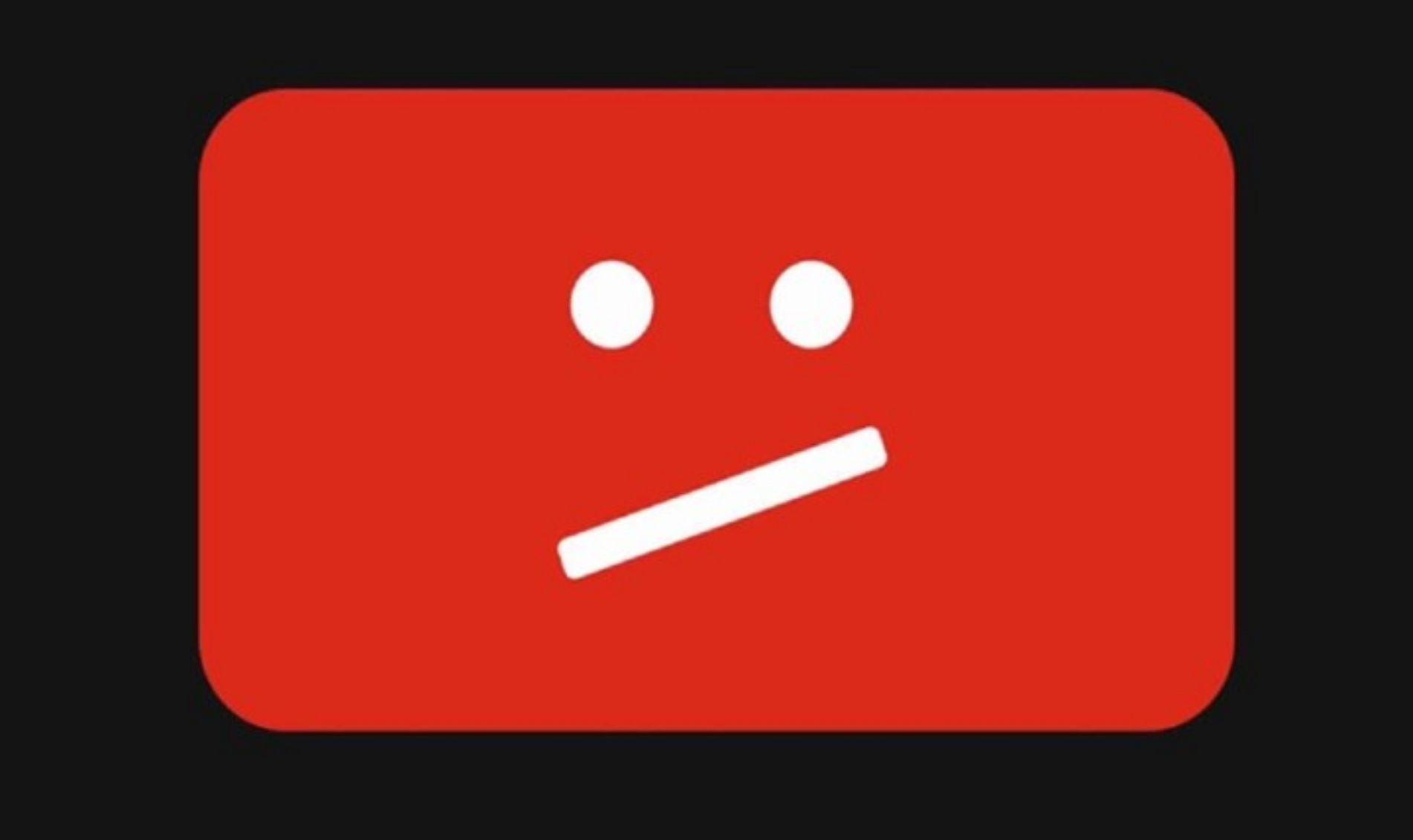YouTube is rolling out a new “Second Chance” policy — and it’s already sparking major discussion across the creator community. The world’s largest video platform announced that it will now allow some banned YouTube channels to return under specific conditions, introducing what it calls a “second chance program” aimed at fairness and reform.
According to YouTube, eligible creators will gradually start seeing an option to apply for a new channel through their YouTube Studio dashboards. Only channels that have been terminated for over a year will qualify for reinstatement requests. Those who were banned in the past 12 months will still need to rely on the standard appeal process to contest their removal.
The announcement follows weeks of speculation after YouTube quietly tested the idea internally. Many wondered whether the new policy signals a shift in how the company balances free expression with its Community Guidelines. Critics argue that the change could open the door for previously deplatformed creators who spread misinformation or engaged in harmful behavior, while others praise it as a fair reform that recognizes creators can evolve over time.
In a detailed post on its official blog, YouTube emphasized that its rules are designed to evolve with the platform and its users. “We’ll consider multiple factors when reviewing applications,” the post explains, “including the severity and persistence of violations, and whether a creator’s on- or off-platform actions caused harm or may continue to harm the YouTube community.”
Importantly, not every banned user will qualify for a second chance. Channels suspended for copyright infringement or breaches of YouTube’s Creator Responsibility Policy are permanently excluded from the program. That rule may disappoint some creators who fight copyright abuse daily, but others view it as a fair step to prevent repeat offenders from re-entering the system.
The debate surrounding YouTube’s enforcement policies has intensified in recent years, particularly as the platform grapples with political content and misinformation. After initially cracking down on false claims during elections, YouTube’s approach softened in 2023 — sparking renewed concerns about content moderation consistency.
Now, as banned creators start to apply for reinstatement, observers are waiting to see whether YouTube will prioritize rehabilitation and fairness, or inadvertently empower those previously removed for spreading harmful narratives.
Only time will tell if the Second Chance Program becomes a new standard of accountability or another flashpoint in the ongoing tension between creators’ rights and platform safety.
Create your next unique online identity effortlessly — try our Free Username Generator and get instant creative ideas.
